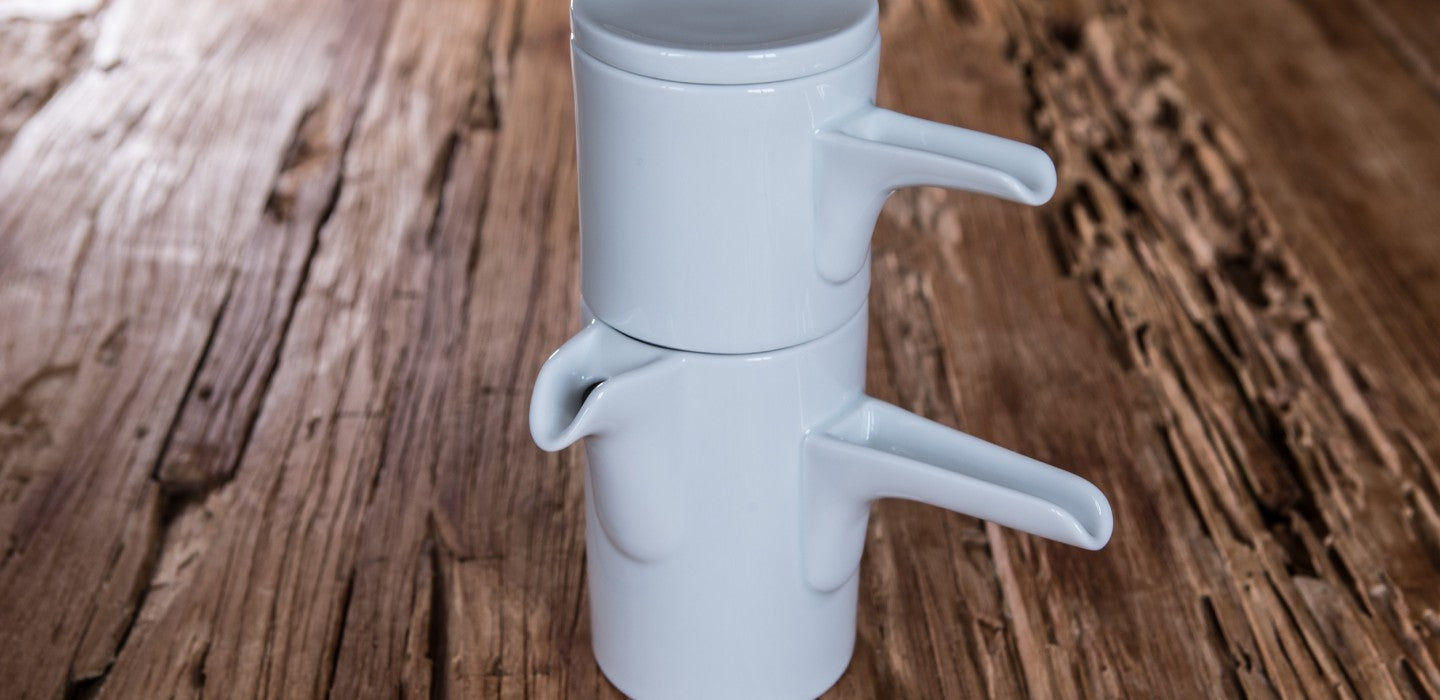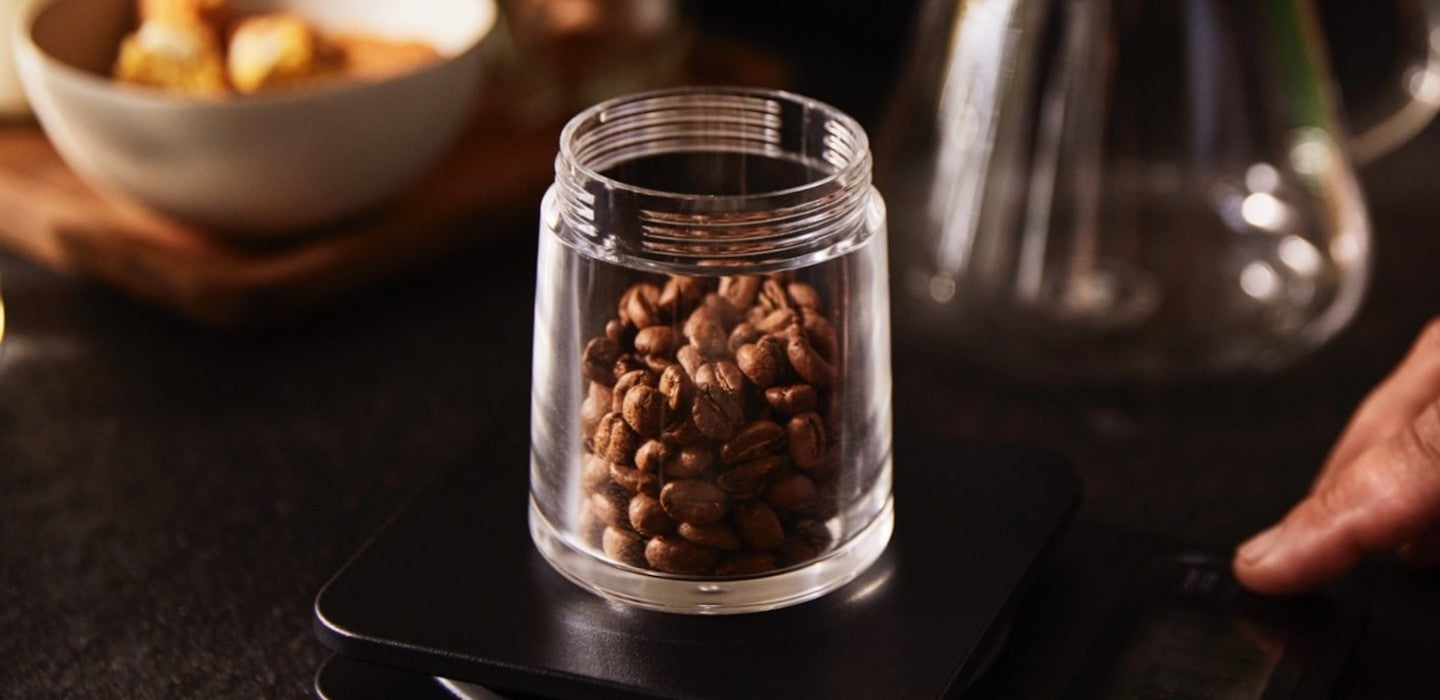Decoding Coffee: Understanding Its Bitter Taste
Have you ever wondered why coffee, our beloved morning elixir, often has a notorious bitter taste? Bitterness, an integral and complex aspect of coffee's flavor profile, not only intrigues but also stirs impassioned debates among coffee enthusiasts. This article dives deep into explaining the roots of coffee's bitterness, its role in your favorite brew, and how it impacts the overall sensory experience.
Bitterness: An Intrinsic Part of Coffee's Flavor
Tracing the Origin: Why Does Coffee Taste Bitter?
The primary factor behind coffee's bitterness is the formation of various bitter compounds during the roasting and brewing processes. A significant portion of this bitterness springs from antioxidants that occur during the roasting of coffee beans. However bitterness in coffee is not a 'one-size-fits-all' concept. Unpleasant bitterness often results from over-extraction or when coffee is kept warm for extended periods.
Discerning the Variations: Not All Coffee Tastes the Same
Intrinsically, every coffee has a hint of bitterness. However, vital factors such as roasting methodology and brewing technique play essential roles in modulating this bitterness. For instance, a gentle, slow roast usually results in less bitter coffee compared to a fast, high-heat roast.
Simultaneously, the brewing process influences the release of bitter compounds. Brewing under high pressure and high temperatures liberates more bitter compounds, making espresso from an espresso maker generally taste more bitter than filter coffee. Choosing the right amount of coffee grounds is also pivotal to avoid excess extraction of bitter-tasting substances.
The Bitter-Caffeine Conundrum: Does Bitter Coffee Mean More Caffeine?
One common misconception is that bitter coffee is synonymous with high caffeine content. While caffeine does contribute to bitterness, it is not the sole or even the major bitter compound in coffee. For example, while an espresso may often taste more bitter than filtered coffee, it usually has less caffeine. This discrepancy arises due to espresso's rapid extraction process and lower water volume, resulting in lower levels of caffeine extraction from the coffee grounds.
Creating a Balanced Brew: Walking the Tightrope Between Bitterness and Flavor
When coffee is brewed, a lot more than just caffeine and bitter compounds is extracted. The artistry of coffee brewing lies in creating a balance between bitterness, acidity, sweetness, and other flavors, each contributing to a harmonious cup. Achieving this balance is no easy feat and depends on several factors like brew method, water temperature, grind size, and brew time.
In Conclusion: Embracing the Bitter and the Better
What we've explored here merely scratches the surface of coffee's complexity. While bitterness is a fundamental component of coffee's profile, it is far from being an unwanted trait. When controlled correctly, it provides depth and structure to our coffee, enhancing the overall sensory experience.
Next time you savor your cup of joe and detect a hint of bitterness, take a moment to appreciate the intricate symphony of processes that have contributed to that taste. From the precise roasting conditions to the artful brewing methods - every facet plays a critical role in shaping coffee’s wonderfully diverse flavor spectrum.
Through these explorations, we not only deepen our understanding of the worlds hidden within our coffee cups but also find greater pleasure in the simple joy of drinking coffee. This journey of continuous learning, tasting, and savoring the nuances in coffee makes each sip a testament to the remarkable intricacies of this universal beverage.



Leave a comment
This site is protected by hCaptcha and the hCaptcha Privacy Policy and Terms of Service apply.